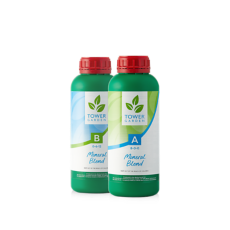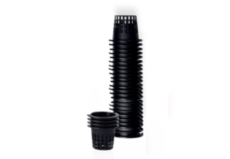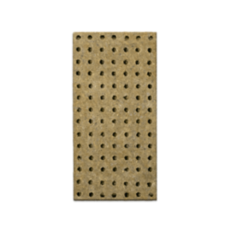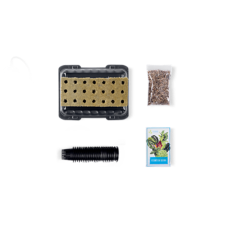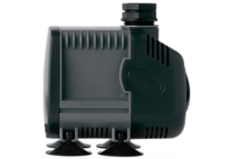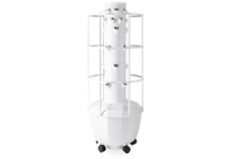Growing Indoors Best Practices
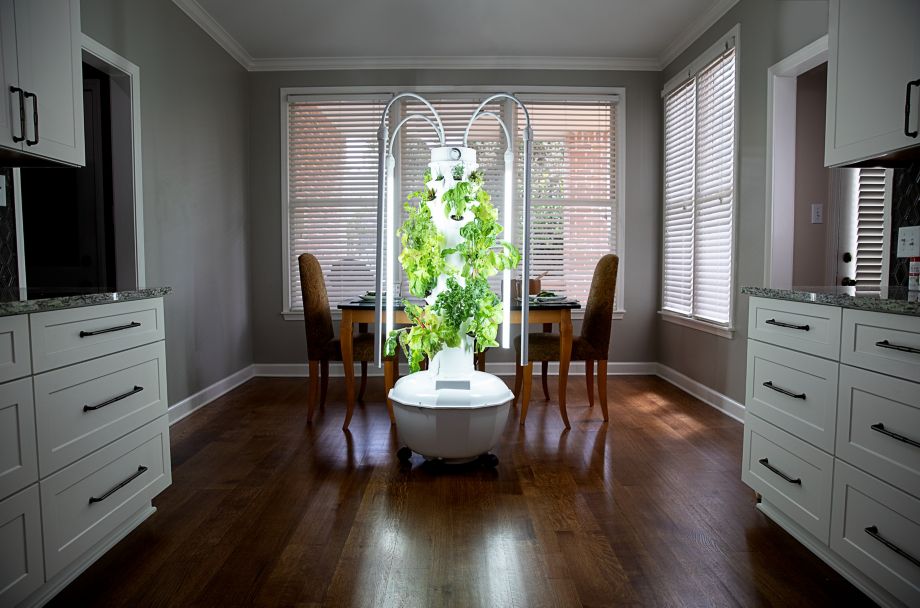
Indoor growing can be just as easy and rewarding as outdoor growing a Tower Garden. Here are five best practices for growing the happiest, healthiest plants possible indoors:
- Opt for plants that flourish indoors.
- Regularly check your nutrient solution pH, water and nutrient levels, and plant health.
- Prune plants and trim roots as needed.
- Harvest often.Replace plants when they bolt.
- Replace plants when they bolt.
Let’s take a quick look at each of these best practices.
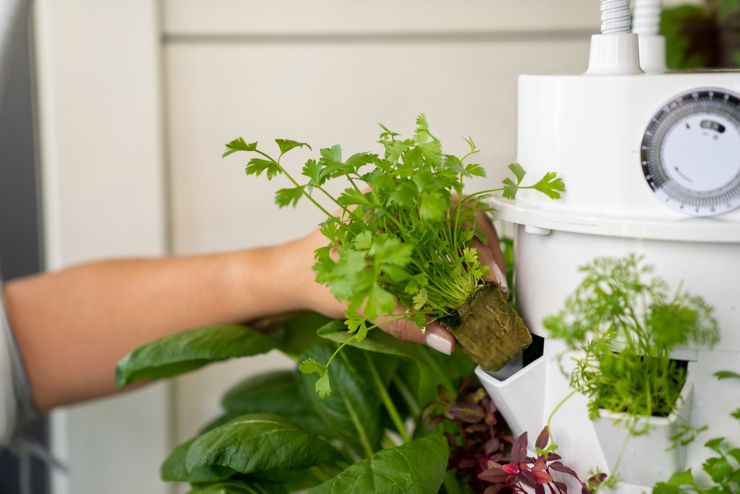
Choose plants that love the indoor life
Set your crops and your meal planning up for success by focusing on plants that flourish indoors with grow lights, like herbs and leafy greens. Rocket, basil, rainbow chard, chives, spinach — the list goes on! Find your favourites of the top crops to grow indoors.
Note: If you have your heart set on trying to grow fruiting crops (like peppers, tomatoes, or strawberries) indoors, please take a look at our step-by-step guide and video demonstrating hand pollination.
Check nutrient solution pH, water and nutrient levels, and plant health
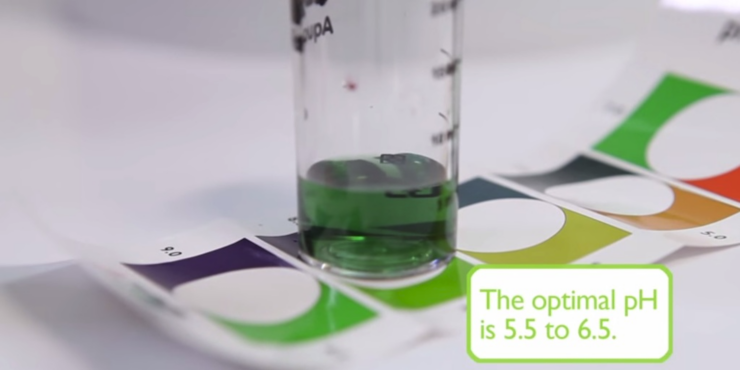
Nutrient solution pH
The ideal pH range is 5.5–6.5.
|
If your pH is too high:
|
If your pH is too low:
|
Tower Tip: High pH may cause your plants’ leaves to yellow.
Water and nutrients
You’ll probably need to refill your Tower Garden reservoir every 10–20 days. A couple of things to keep in mind:
- Larger, more mature plants are thirstier and will drain the reservoir faster.
- If you’re planting a full crop of small seedlings, use half-strength nutrient solution for the first three or four weeks.
- That’s 10 mL each of Mineral Blend A and Mineral Blend B per gallon (10 L) of water.
- After those first few weeks, you can increase the nutrient solution to full strength.
Plant health
Check your plants’ health often by keeping an eye out for issues with:
- Light. If your plants are pale and leggy (tall, thin, or generally weak looking), they’re probably not getting enough light. Tower Tip: When you’re growing indoors, your plants need 14–16 hours of light daily. LED Indoor Grow Lights are a big help in this area!
- Air circulation. Good air circulation helps your plants absorb nutrients and grow. It also reduces the chances of powdery mildew and other plant diseases. Tower Tip: If your indoor space has limited air circulation, you can run a small fan to keep the air moving around your garden. Pruning (up next!) also helps improve air circulation.
- Unwelcome guests. Holes in leaves, bugs, fungi — if you see anything that shouldn’t be there, handle it as quickly as possible. For instance, since bugs have no natural predators indoors, they can be hard to get rid of if they’ve made themselves at home. Tower Tip: Starting plants from seeds is a major factor in keeping bugs away. That’s one reason Tower Garden comes with seeds!
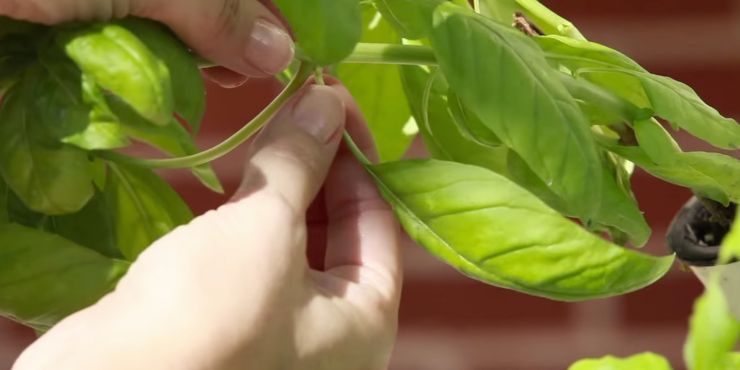
Prune plants and trim roots
There are a few reasons these quick tasks are best practices for indoor growing.
Pruning
Starting with older or less healthy leaves, pinch or snip off a bit of a plant to help:
- Improve air circulation and reduce risk of plant diseases
- Prevent larger plants from overshadowing smaller ones
- Encourage ongoing growth and discourage bolting
Trimming roots
Whether you cut or simply break off the longest roots, regular trimming:
- Keeps plant roots from potentially clogging your Tower Garden pump
- Gives you compost material (if you compost)
- Can be done whenever you refill your reservoir, usually every 10–20 days
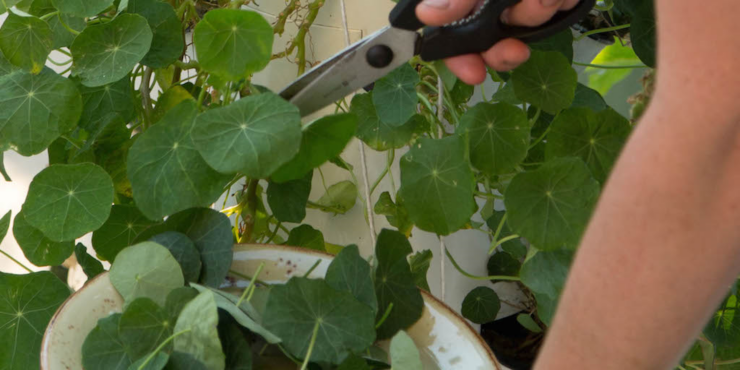
Harvest often
One of the joys of Tower Gardening is watching how quickly your plants grow. Frequent harvesting:
- Helps your plants in the same ways as pruning
- Prevents plants from touching your grow lights
- Gives you more opportunities to savour your produce
Replace plants when they bolt
You might also know “bolting” as “going to seed.” If your lettuce or another green suddenly sprouts tall stalks that flower (and yields smaller seeds), that’s bolting, as the plant tries to reproduce.
So why replace those plants? Well, bolting marks the end of many annual plants’ life cycles, resulting in:
- Slower growth of edible plant parts
- A bitter taste to what does grow
If you want to let a favourite plant or two bolt so you can collect the seeds, go for it! That slow growth and bitter taste won’t carry through to new plants. You can also learn more about bolting basics.

